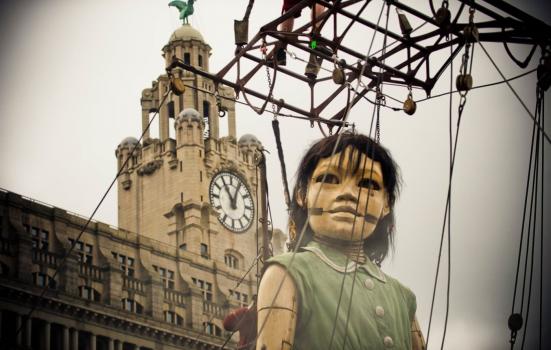Un-ticketed venues and events can now gather data that will give them the level of customer insight that performing arts venues have long enjoyed through their box office systems. Hannah Mitchell explains how.

Culture Liverpool
The top 55 museums and galleries in the UK had a total of 69 million visitors in 2011/12, of which the top five saw almost a third of all visitor traffic. What’s more, this sector generates well over £12bn a year and is clearly a key component of the broader British service industry in both the domestic and tourist markets. Yet despite this, one of the greatest challenges for museums and galleries is how to build on that foundation to engage with their audiences in ways that enhance their visits and deepen their relationship with the venue.
The past decade has seen an unprecedented leap in understanding of customer behaviour thanks to the proliferation of data collected at the point of transaction. Ticketed venues such as theatres have a plethora of customer data that they can understand, interpret and action, but by comparison, free-to-enter venues have been left behind, with the marketing of the museum and gallery experience suffering from a gap in visitor insight. Even in ticketed exhibition venues, where the potential to capture valuable data clearly exists, the complex logistics of gathering it from queues of walk-up visitors is a key challenge for many organisations. But as museums and galleries have wholeheartedly embraced digital communication, mobile technology is providing a solution.
Box office or not, all cultural venues can now have access to audience insights
Purple Seven has been exploring the potential of ‘I’m@app’, through which free-to-enter venues have been collecting data about the behaviour of visitors who are offered exclusive content related to the exhibition or collection. Visitors download the app before a visit, and when they approach the venue I’m
Jeff Boardman, who is leading on the development of data insight for visual arts at Purple Seven, describes how it works: “Its power lies in its simplicity. As you approach an exhibit or even a painting within a gallery, the app will automatically deliver relevant content. For a visitor to the area or as a resident of the city, this is a truly helpful use of technology aimed solely at enhancing the visitors’ experience.”
I’m
- 1 in 5 app users visited 9 venues across Liverpool during the trial – the app encouraged multi-venue visits
- 90% of app users were local residents who embraced the exclusive and new content from all the venues
- Visitors spent an average of 75 minutes per visit
- Over 60% of visitors were aged 25-44 years. This could be influenced by those most likely to have a smart phone, but is more likely indicative of the typical local museum visitor.
I’m
Hannah Mitchell is Client Services Manager at Purple Seven. This article is the part of a series of articles on the theme ‘Insight into Audiences’, sponsored and contributed by Purple Seven.
www.purpleseven.co.uk
To find out more about I’m




